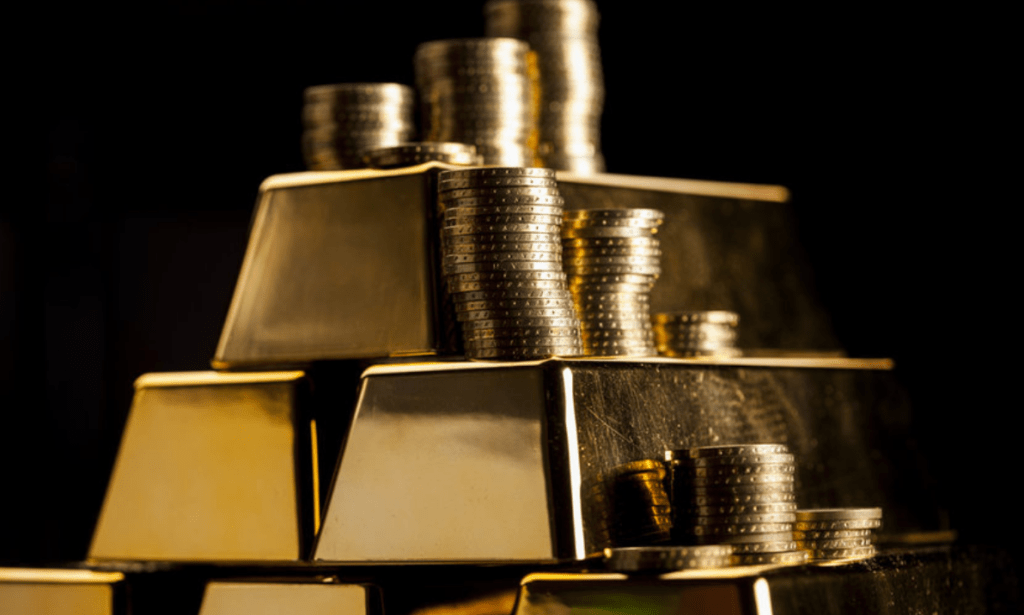Precious metals such as gold and silver are fascinating investment asset classes, which also offer the benefits of stability and predictability to traders across the globe.
For example, despite being separated by a number of key differences, both gold and silver see demand and price points soar during specific times, in which each asset is heavily influenced by an array of macroeconomic factors.
Interestingly, precious metals are particularly important for MENA populations, both culturally and from a wider investment perspective. However, when is the best time to invest in gold and silver? We’ll explore this question further below!

The Importance of Precious Metals Amongst MENA Populations
While China and India remain the dominant buyers of gold and precious metals in the global marketplace, there’s no doubt that certain MENA countries are becoming increasingly influential within this space.
To provide some context, China and India acquired more than 364 tonnes of gold jewellery alone during the first quarter of 2015, with this number having increased incrementally through 2019.
However, while the US trails behind in third place in terms of precious metal procurement and consumption, MENA nations are beginning to threaten the established status quo within the industry.
Make no mistake; Saudi Arabia and the UAE are now established as the fourth and fifth biggest buyers of gold in the world, with this trend increasingly driven by cultural elements and age-old traditions (particularly those pertaining to religious celebrations and weddings).
The Economic Case for Gold and the Best Time to Invest
In the MENA region, gold purchases are also commonly completed as an investment, particularly given the increasingly uncertain economic climate that persists across the globe.
The world has seen two significant economic crises during the last decade. For example, in the form of the great recession, and the financial fallout from the coronavirus pandemic.
As a result, gold has never been more fashionable and relevant as an alternative investment, thanks to its reputation as a secure store of wealth and viable hedge against uncertainty, and the inflationary pressures of fiat currencies.
While silver boasts similar qualities, it boasts far greater industrial usage, and is far more likely to increase in value as countries move out of a recession. This point of difference underpins the so-called “gold-silver ratio,” which encourages investors to hedge their bets in both metals, by taking a short position in either gold or silver (depending on live prices and the prevailing economic climate).
As a general rule, however, it’s best to purchase gold during times of economic tumult, whilst transitioning to silver as the global economy and demand begins to improve.

Where to Trade Gold and Silver
There are also plenty of options in terms of how to trade gold or silver, aside from physical procurement and leveraging these precious metals as tangible stores of wealth.
You can also trade precious metals through derivative products such as contracts-for-difference (CFDs), which are ideal from a practical perspective, as physical gold trading is incredibly inefficient and non-cost-effective.
Through CFDs, you can also gain flexibility by profiting through gold and silver price speculation, as you can simply trade price movements and fluctuations that occur on a daily basis.
This is often particularly beneficial during times of economic flux, as countries begin to move out of a recession, and real-time prices remain especially vulnerable to the macroeconomic climate.
WE SAID THIS: Invest wisely!



